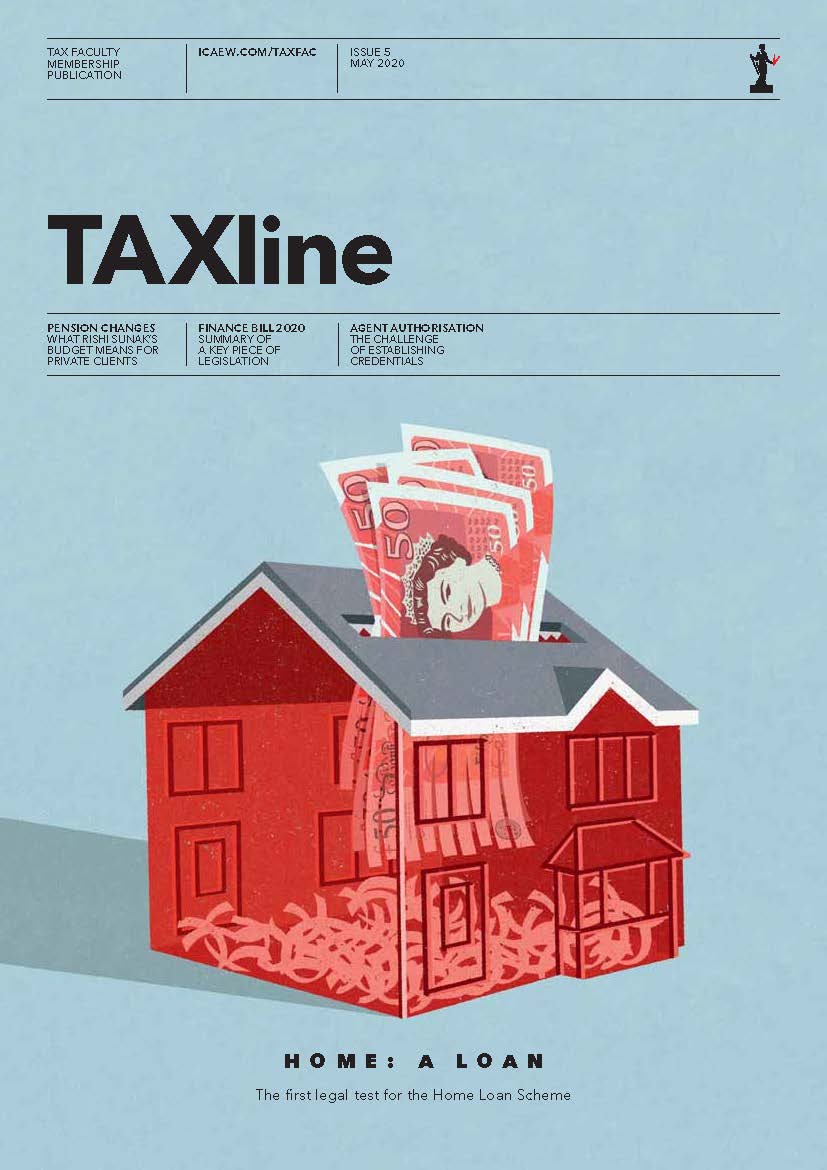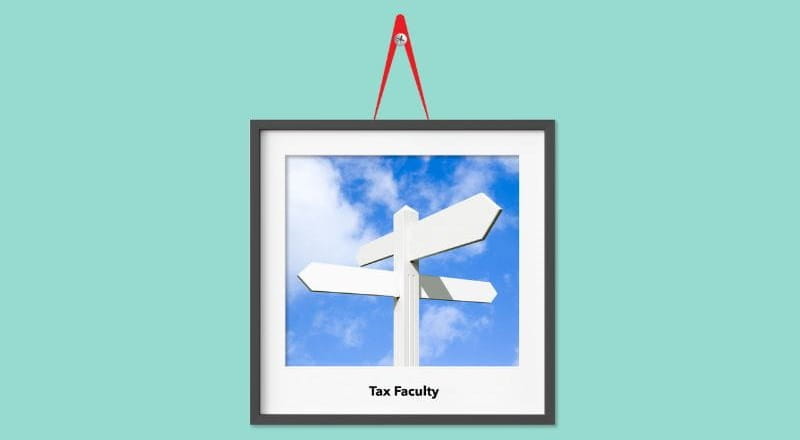Whether or not an individual is a member of a limited liability partnership (LLP) is a simple question of fact, and in the years before the introduction of the salaried member rules it was widely observed that certain individuals were being appointed as members of LLPs – and therefore automatically being taxed on a self-employed basis – despite the fact that in reality they looked and acted more like employees. The salaried member rules were introduced, in short, with the aim of ensuring that such individuals would be treated as if they were employed – and not self-employed – for tax purposes.
The rules contain three conditions (A, B, and C), which together are intended to provide a way of determining when an individual should be regarded as looking and acting more like an employee than a partner. The rules apply where all three conditions are met.
- Condition A: it is reasonable to expect that at least 80% of the amount payable by the LLP in respect of the individual’s services will be ‘disguised salary’ (ie, it is not variable with reference to the overall profits and losses of the LLP).
- Condition B: the individual does not have significant influence over the affairs of the LLP. Historically, HMRC argued that this condition must be considered with reference to managerial influence over the LLP as a whole, although recent case law has shown that it can be considered much more broadly.
- Condition C: the individual’s contribution to the LLP (essentially their capital) is less than 25% of the amount of ‘disguised salary’ that the individual is expected to receive during the tax year in question.
The rules contain a number of anti-avoidance provisions, the most significant of which requires that, when determining whether or not the conditions are met, no regard is to be had to arrangements that have a main purpose of ensuring that the salaried member rules do not apply (s863G(1), ITTOIA 2005).
For many LLPs, it became common to structure members’ capital arrangements so that all its members clearly failed to meet condition C. In many of these cases, under the LLP agreement, all members were required to have a capital account at least equal to 25% (or more if it was felt useful to have a buffer) of any ‘disguised salary’ they were expected to receive in the year.
Such an approach – as long as the individual did genuinely have capital at risk within the LLP and so really did take on this characteristic of a partner in a general partnership – was always understood to be reasonable and not one that might be subject to the anti-avoidance provision.
Amended guidance
However, HMRC has recently amended its guidance on the anti-avoidance provision and in doing so appears to have adopted a much more literal and isolated reading of the provision.
In the current version of PM259310, HMRC’s previous comment to the effect that a ‘genuine contribution’ would not trigger the anti-avoidance provision has now been qualified to be dependent on the contribution’s “main purpose (or a main purpose of any arrangement of which it forms part) not being to secure that the salaried members rules do not apply to the individual”.
It is understood that HMRC is adopting this view in its interactions with taxpayers. Although the courts have not yet expressed an opinion on all this, many will be concerned that actions taken quite justifiably over the past decade might now be called into question. Concerns have been raised with HMRC.
With this in mind, all LLPs would now be well advised to take a fresh assessment of the position of their members under the salaried member rules.
Where they have been relying on the previously accepted approach to the anti-avoidance provision (typically in the context of condition C) to conclude that the rules are not in point, they should at least be aware that HMRC may now seek to challenge this.
They might, however, also bear in mind the point made above that HMRC’s previous approach to condition B has now been found to be unduly restrictive; this may – in some cases at least – mean that whether or not condition C is met is less of a concern than was previously thought.
Andrew Constable, Tax Consultant, Moore Kingston Smith, and member of the ICAEW Tax Faculty’s Business Tax Committee
A longer version of this article is available at TAXline, the Tax Faculty’s online content hub.
Latest on business tax
The Tax Faculty
ICAEW's Tax Faculty is recognised internationally as a leading authority and source of expertise on taxation. The faculty is the voice of tax for ICAEW, responsible for all submissions to the tax authorities. Join the Faculty for expert guidance and support enabling you to provide the best advice on tax to your clients or business.



